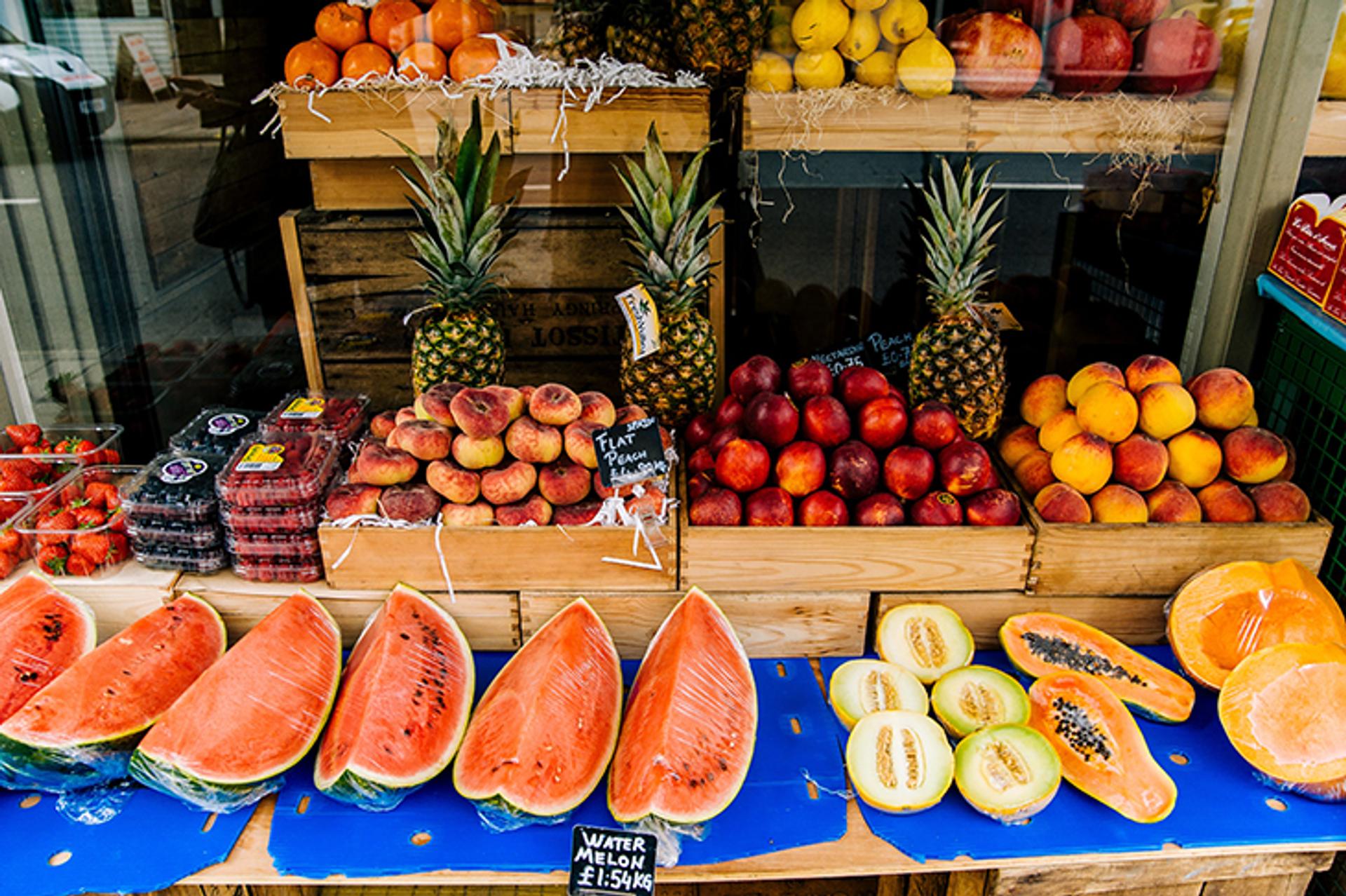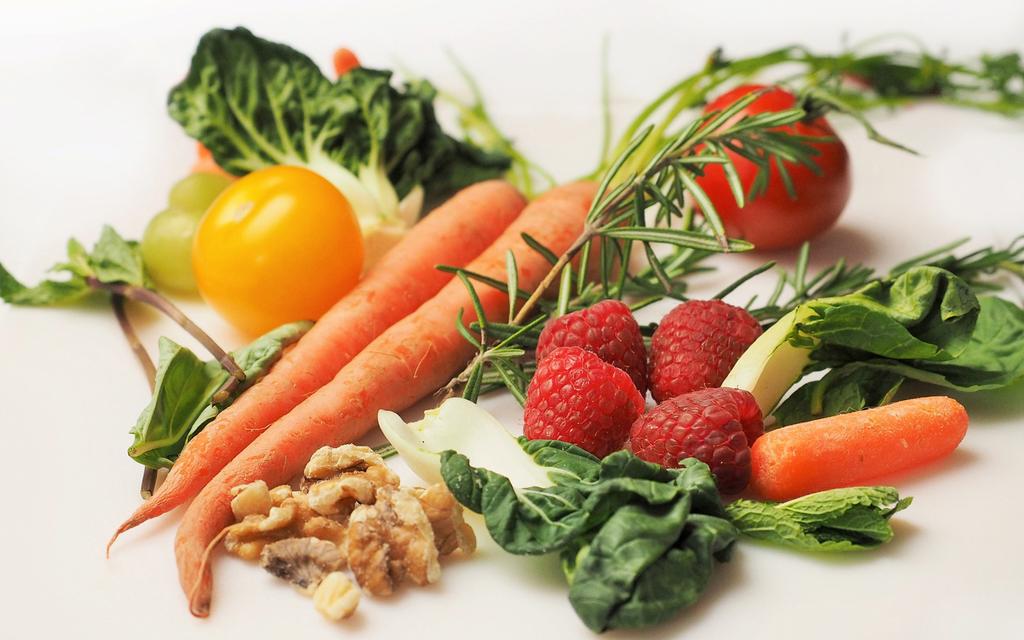Whether you call it the farm-to-table, locavore or seasonal sourcing movement, the practice of selling local meats and produce during the right growing season continues to expand worldwide. Farms earn bigger profits that farming families need to stay afloat, so they’re willing to work with restaurateurs to create campaigns to promote local fruits, vegetable and meats. Spring and summer promotions are ideal times to introduce seasonal menu changes to take advantage of local harvests.
Your restaurant can achieve a unique position by capitalizing on seasonal fruits and vegetables year-round. It’s simple - fresh, local foods taste better, cost less and provide better nutrition than foods shipped from around the world. Local grains can be used by microbreweries to create a unique pale ale, and the variety of spicy peppers at harvest time can be used in a proprietary hot sauce. Consumer appetites for locally sourced foods continue to increase. In the United States, $20.2 billion in local food sales is predicted by 2019.
Time Honored Cooking Conventions
Seasonal food isn’t a new idea but a return to the classics. Many generations of cooks prepared foods that were seasonally available such as strawberries, rhubarb, spring onions and microgreens as spring and early summer staples. During the hottest days of summer, tomatoes, watermelon and corn-on-the-cob are common foods that people like to eat at this time of year. Harvest time in the fall usually means squash dishes, pumpkin-flavored desserts, cranberries and sweet potatoes. Winter is a good time to highlight cabbage, broccoli, Brussels sprouts, carrots, beets, onions and potatoes.
Unfortunately, technology changed the simplest sourcing concept. Big processors choked off family farms by undercutting prices. The restaurant trend of returning to farm-to-table sourcing has helped reinvigorate family farms, organic farming and farm partnerships with local restaurants.
Methods of Securing Local Sources
Restaurants can secure local produce in several ways to offer seasonal menus. The first is the most difficult and most rewarding - some hyper-local restaurants produce all their food on-site. Restaurants can grow food on their property, in rooftop gardens and patio planters. Farmers also sell produce directly to consumers at farmers markets, local grocers and Community or semi-exclusive access to a farm’s output.
There are always important considerations of food safety when buying directly from farms. Fortunately, there are organizations like the International Federation of Organic Agriculture Movements that can assist organic restaurants in adopting the right policies to ensure food safety, environmental responsibility and economic success.

Spring Cleaning
Spring is the time of renewal, and restaurateurs should take some time to revise their marketing strategies. It’s time to replace those heavy stews, soups and cold-weather dishes with lighter fare based on the best local fruits and vegetables. Heavy pasta dishes can give way to light, “al fresco” concoctions of delicious tomatoes, asparagus, ramps, fennel and zucchini. Vegetable-centric diets continue to grow in popularity, and creative chefs can find easy ways to transform classic meat dishes into spotlight vegetarian dishes. Hot trends in seasonal foods include:
-
Frying Without Grease
You can now prepare french fries and other fried foods without grease. Air fryers use convection technology to circulate high heat to “flash fry” foods and deliver crispy foods without grease. Foods retain more of their nutrients.
-
Heirloom Fruits and Vegetables
Heirloom foods provide a unique signature for your restaurant.
-
Upcycling
Ugly foods can serve well when they taste good. For example, these foods can be slow-simmered to create vegetable sauces. You can add bright, fresh vegetables near the end of cooking time to create an appealing dish. For example, this is the best way to cook ratatouille, a signature dish that appeals to a wide cross-section of customers.
-
Root-to-Stem Cookery
Root-to-stem cooking is the process of using the whole vegetable. Possibilities include broccoli slaw, pickled watermelon rinds with watermelon, beet-greens pesto and others.
-
Craft Butters and Dipping Oils
Using fresh herbs, you can create custom butters and dipping oils that distinguish your restaurant from those offering margarine or small pats of butter. Whipped butters are very appealing and cost less to serve because they incorporate lots of air to increase volume.
-
Chef-Driven Meals
Your staff members are great resources - especially if they know the area and its agricultural output. Use them as “chef incubators” by giving them leeway to create their own concepts and menus.
-
Food Flexibility
You must be willing to change your menu regularly - and often with little advance notice - to capitalize fully on local harvests.
Backing Up Your Supplies
Bad harvests, weather disasters and other factors can interrupt your supply chain, so you need to have an alternative supply of fresh local foods available. Fortunately, many of the big box stores and retailers now offer local produce as they try to capitalize on the farm-to-table movement. Walmart sells more than about $749.6 million of local produce, and most major chains now offer some form of locally grown foods.
It’s easy to keep on track of seasonal food sales with a mobile POS system. You can even take your handheld device with you to the market to check on what’s hot at the restaurant when shopping for local foods. Although using local ingredients creates some practical difficulties, your mobile POS system can provide valuable information that improves the customer experience and streamlines all your operations.
Start planning your seasonal food strategy several months in advance of each seasonal change. Gradually begin reducing your supplies from bulk processors so that you don’t get stuck with extra inventory. It’s important to maintain your staff to meet any unexpected increases in seasonal business. As you begin creating your new menu, take lots of pictures, post them online and send marketing messages to your best customers. You can easily reverse the summer doldrums or winter slowdowns when you create appealing seasonal menus using the best local foods.





